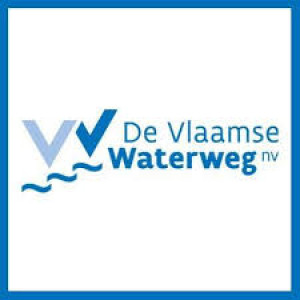 \
&
Contact us
\
&
Contact us
 \
&
Contact us
\
&
Contact us
Partnership website: https://bepassociation.eu/about/batt4eu-partnership/
As a co-programmed partnership, BATT4EU brings together the public sector (the European Commission) and the private sector (the European battery R&I stakeholders, BEPA) with the aim to achieve a competitive and sustainable European industrial value-chain for e-mobility and stationary applications.
BEPA already gathers a total of 137 members of which 54 are industrial players, 56 research organisations, 27 associations, and others.
Aside from some general objectives, the Batteries Partnership (BATT4EU) has various measurable, operational objectives:
Operational objectives:
Partnerships group the EC and private and/or public partners, to coordinate and streamline the research & innovation initiatives and funding in some selected key domains.

Ria.debreucker@vlaio.be

Autoship is, as the name suggests, an acronym for autonomous ship. Just like with self-driving cars, the possibilities of an unmanned boat seem endless. It can create more efficient freight transport, around the clock deliveries and these are just a few of the examples. The project has two societal challenges.
At first, De Vlaamse Waterweg was a bit hesitant as their experience with FP7 or Horizon 2020 projects was limited and they had not been very successful up until then. The fact that they were already doing basic research on the topic of autonomous boats, and the administrative help of NCP FLanders helped De Vlaamse waterweg to cross the line and get involved.